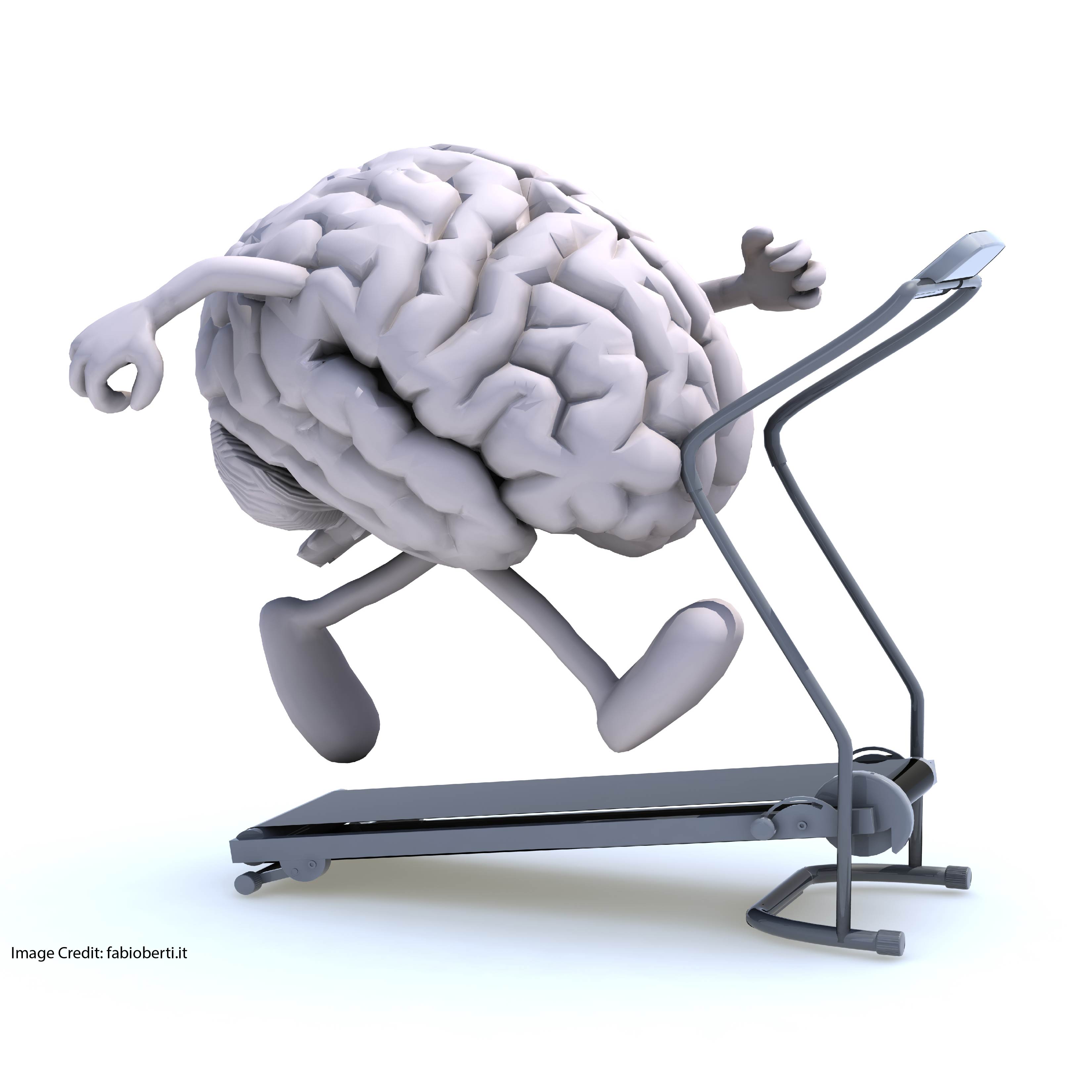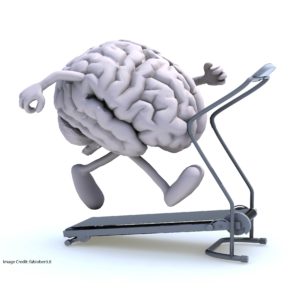
A month ago, I wrote about a Twitter feud focusing on exercise during learning.
When a PE teacher posted a video of his students reading on exer-cycles, edu-Twitter irrupted with champions (“love it!”) and critics (“bonkers!”).
My response at the time was:
First: I rather suspect that exercise during learning will distract students from their reading; however,
Second: we don’t have research on this specific question; and
Third: in the absence of research, it’s probably good for PE teachers to be experimenting in this realm.
In other words: Edu-Twitter, relax.
Today’s Update
Since that mini-controversy, I’ve stumbled across an intriguing research addendum.
Researchers in Germany wanted to know: how does exercise affect the brain. More specifically, does a difference in intensity level matter?
That is: if I exercise 35% below lactate threshold, will that influence brain connectivity differently than if I exercise 20% above that threshold? (“Lactate threshold” measures intensity of exercise; the specifics aren’t super important here.)
To answer that question, they had had about 2 dozen men exercise at those different levels on different days.
The specific results quickly turn into a tornado of acronyms. But, briefly summarized, the researchers found that:
Low intensity exercise enhanced connectivity in networks that help process cognitive and attentional functions, while
High intensity exercise enhanced connectivity in networks that help process emotional responses.
And surprisingly (to me), high intensity exercise also diminished connectivity in networks that process motor coordination.
In other words, “exercise” does not have “an” effect on “the brain.”
Instead, different kinds of exercise have distinct effects on particular brain regions and networks.
Core Conclusions
First: in the short term, different exercise intensities may influence brain regions differently.
Second: that “short term” caveat is important. Notice for instance that high intensity exercise muddles motor coordination networks. Why would that be? The study’s authors suggest it indicates temporary “motor fatigue.”
That is: exercise doesn’t make us worse at motor coordination over the long term — that would be bizarre. Instead, it temporarily tires us out. Presumably, motor coordination bounces back after we stop exercising.
So, too, we might be tempted to enhance cognitive function with low-intensity exercise. But, just as the motor-fatigue effect was temporary, so too the cognitive-function effect might be temporary.
Third: back to those readers on bicycles. I don’t think this research applies directly to that classroom experiment. (Although, if low-intensity exercise really improves cognitive function — even temporarily — that finding makes those bikes somewhat more appealing. That is: low-intensity exer-cycling might improve the students’ cognition and focus while they read.)
Instead, I think it highlights the importance of patience and specificity. Until we have more research on this specific point, I don’t think we have nearly enough reason to cry either “bravo!” or “bonkers!”
Instead, let’s gather more data. And, in the meanwhile, we can encourage one another in reasonable classroom experiments.
And yes, I do mean even PE class experiments including exer-cycles.





